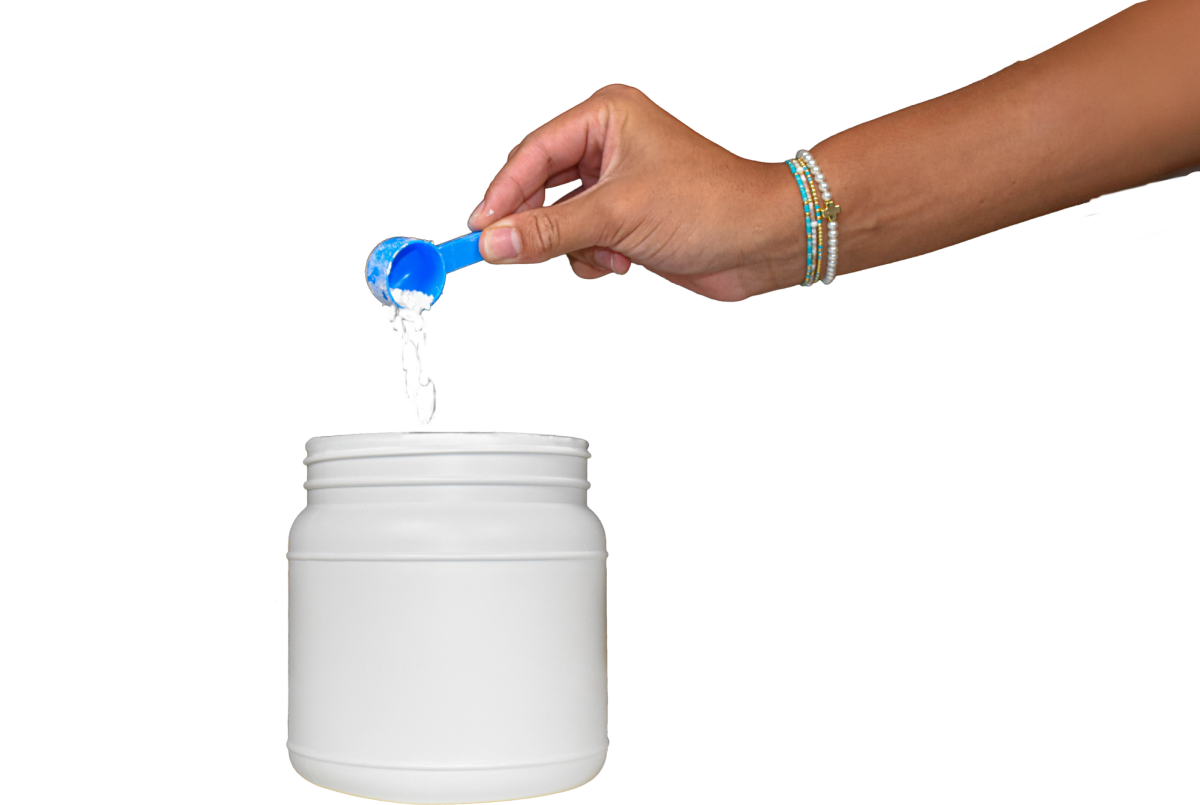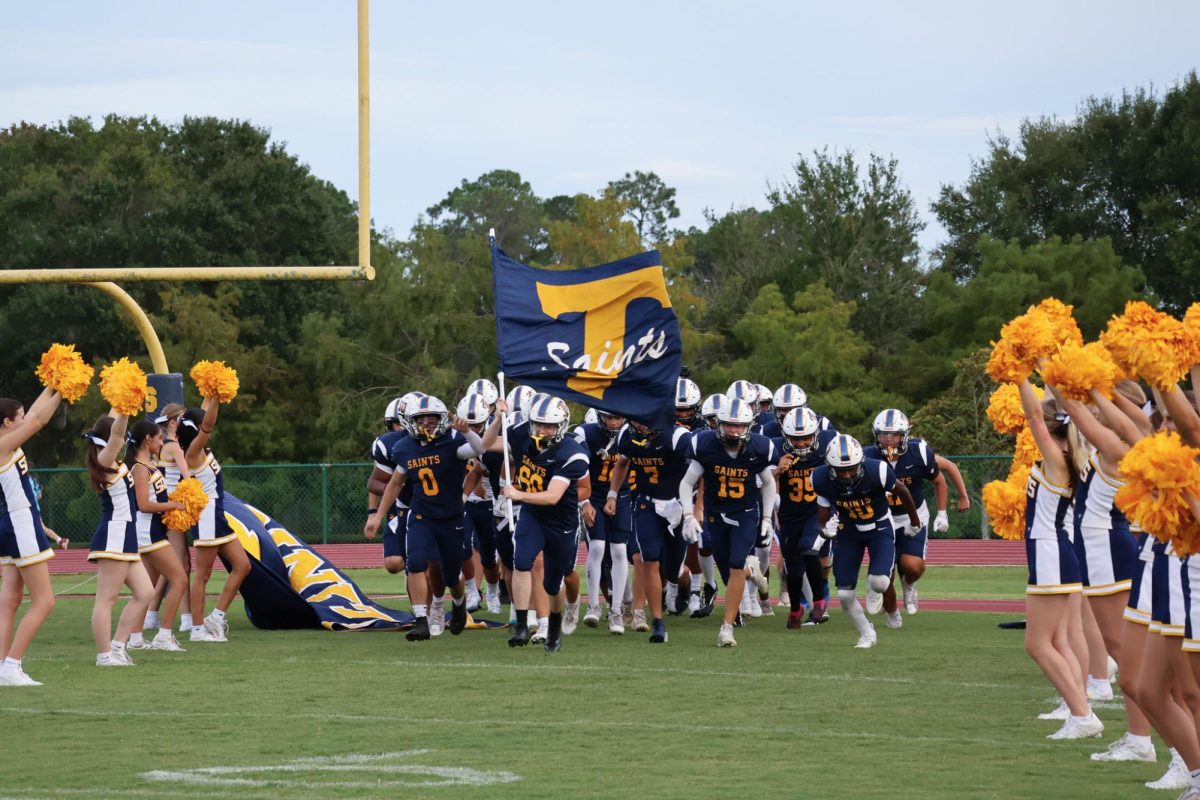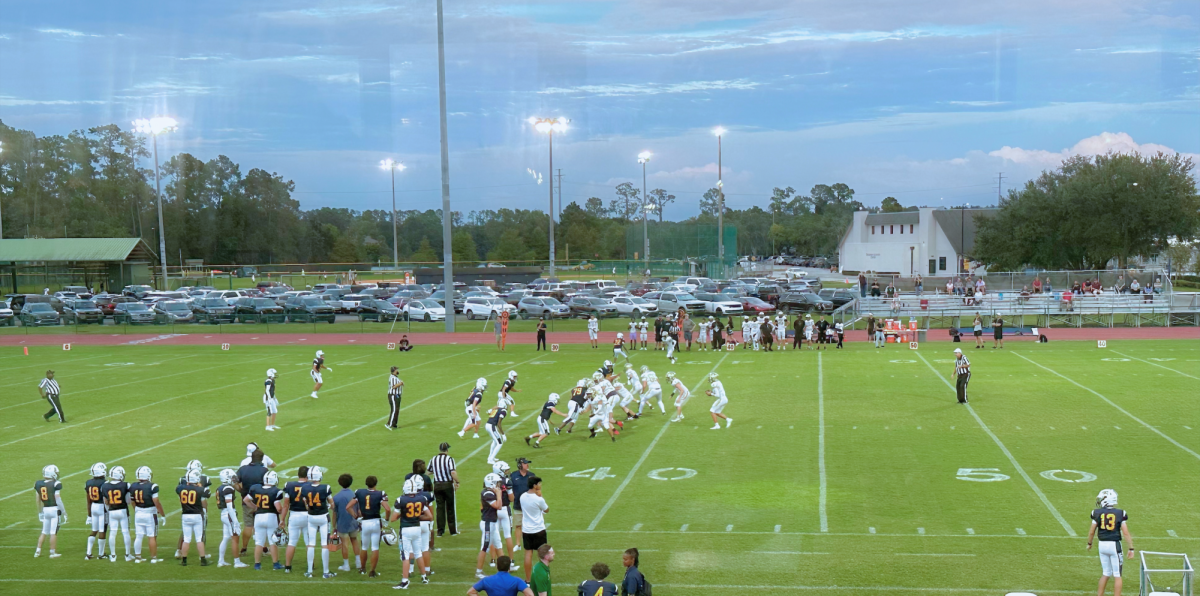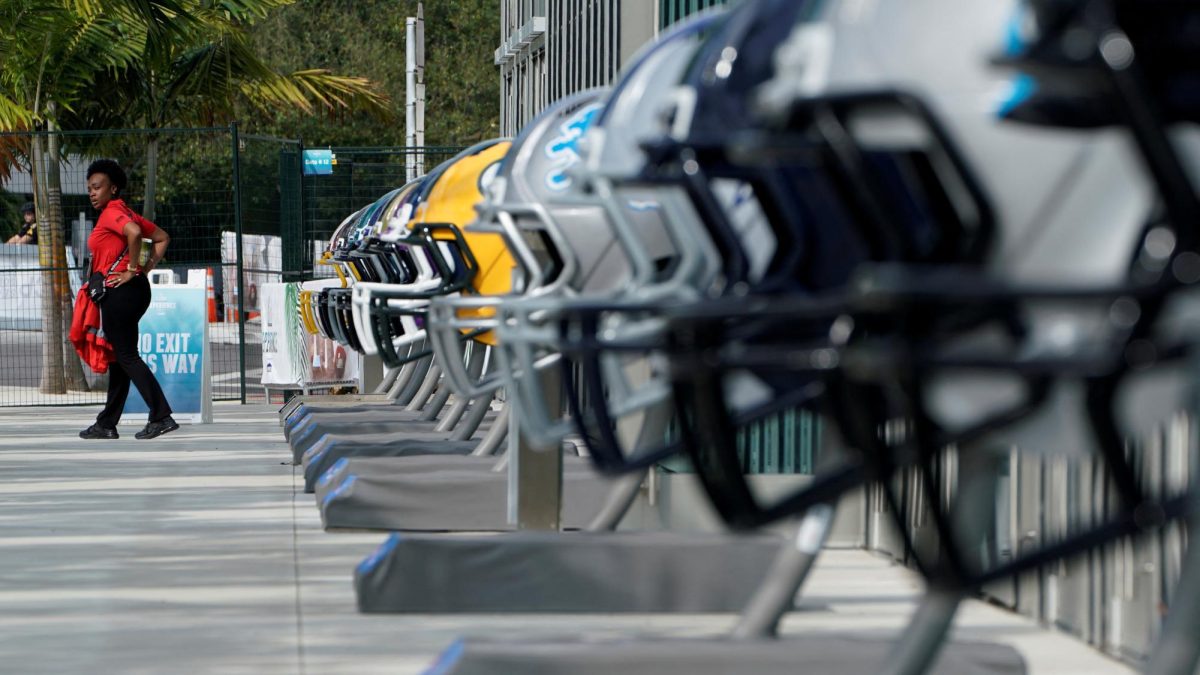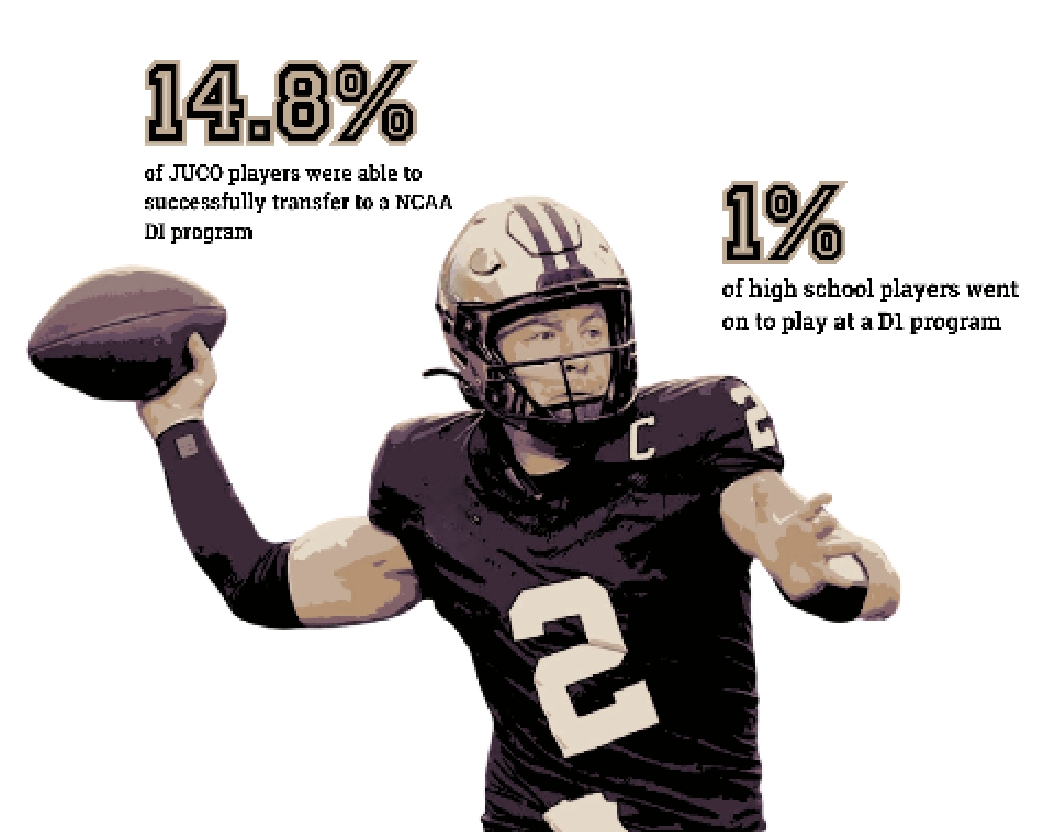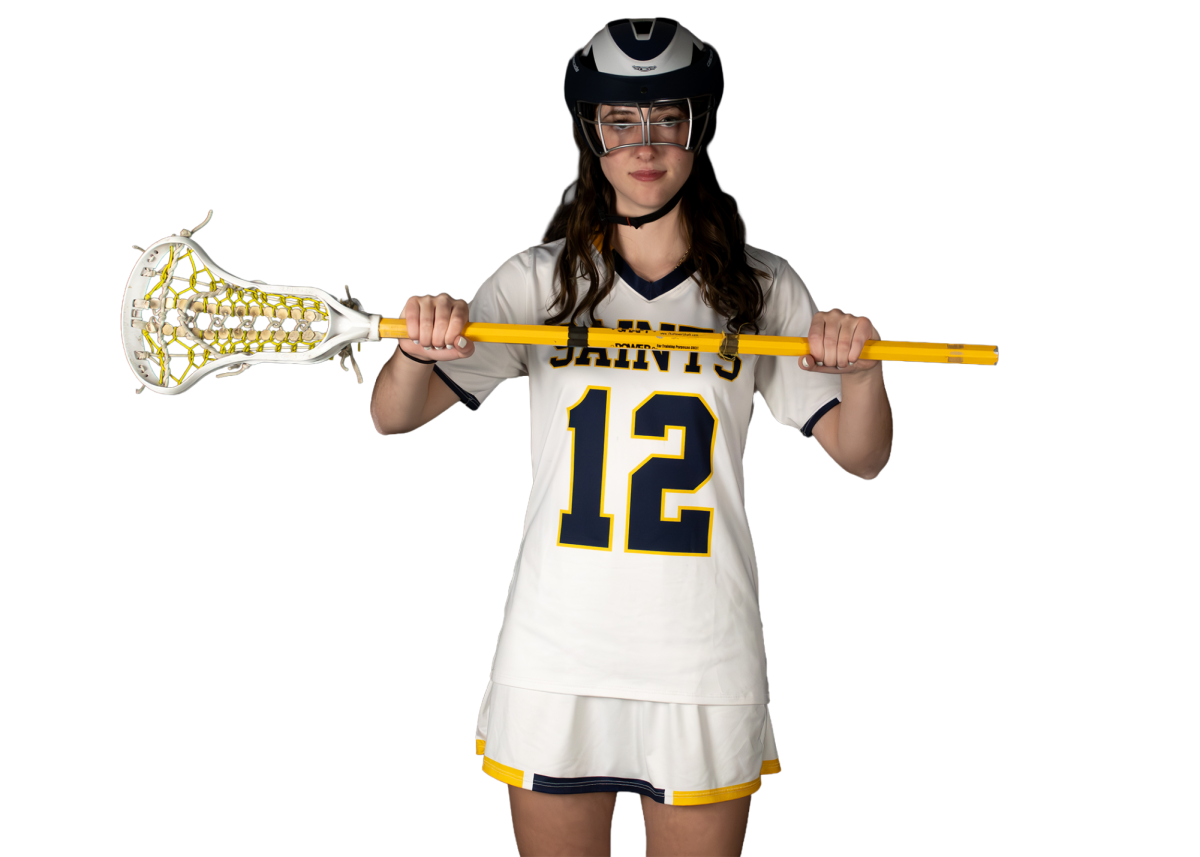Sports provide structure; it produces a schedule and a plan that can be followed daily. It teaches respect, discipline, honesty, and lessons that parents want their children to have. It is no coincidence that sports participation in American high schools has reached an all time high-7.7 million participants according to the High School Athletics (HSA) Participation Survey. Many factors have worked to increase the number of sports participants across the nation: the introduction of new sports, the encouragement to play from parents and coaches, and the limitations of roster restrictions.
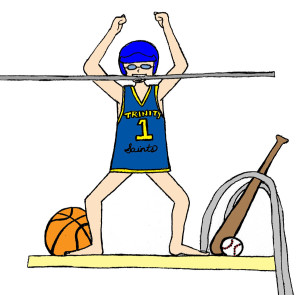
Kathy Finnucan, Trinity Prep’s athletic director, sees a direct correlation with sports participation and the demographics of the student body.
“We do have more boys. We have five boys basketball teams in the winter and we only have three girls [teams]. Coach Stewart (girls basketball coach) usually only has around 8 girls on his team too, at like 12-14 on the boys teams,” she said. “I think it mirrors the student population, I think there are more boys than there are girls.”
These national rises in participation correlate with Trinity Prep, both with the upper school and middle school. According to Scott Sukup, middle school football coach and seventh grade basketball coach, the national numbers and Trinity’s numbers are mirror images of each other.
“This year there has been a significant decrease in football and basketball has stayed about the same over my 6 years,” Sukup said.
Amanda Dean, last year’s upper school track and field coach, has seen a major fluctuation in track and field participation.
“It tends to fluctuate, especially on the boys’ side. One year about 7-8 years ago, we only had 19 boys. The girls are a little more consistent, but it does go up and down,” says Dean. “The numbers in track tend to fluctuate a bit, largest squads for the boys has been over the last three to four years, we have had around 45 athletes each of those years. The girls have seen squad size range from about 30-40 athletes.”
Derek Wolfe, upper school baseball coach, has also seen an increase in participation.

“The biggest increase has been with our middle school and JV programs,” Wolfe said. “We average between 25 to 32 players that try out for a middle school team that only keeps 12 to 15. JV will have 15-22 try out for a team that keeps 13-16. Varsity has seen a small increase over the past 3 years; 18-20 will try out on a team that will keep 14 to 16.”
Many influences can affect a sport’s turnout come sign-up day. Sukup and Wolfe credit the influence of the coaches within the respective sport as one of the key components to a rise/decline in participation. Also, an introduction of a new sport can hinder another’s turnout, which according to Dean, influenced her sport’s turnout.
“The year we had 19 kids on the boys team was the year that we started our boys lacrosse team,” Dean said. “Many of the track kids decided they wanted to do that instead. It took about two years for our numbers to pop back up.”
To counter a possible decline in their particular sport, coaches go to great lengths to catch the attention of a possible athlete. For example, Wolfe tries to learn something new about his sport to keep up with today’s baseball culture.
“To have a successful program, I grow as a coach every year. I am learning something new all the time from this game. So the more I learn and grow, the program and the players do as well,” he said. “If I was not open to new ideas, I truly believe it would turn the players off and we would not have the turnout that we have had every year.”
There is no debate that sports popularity has reached an all time high. More kids are becoming active in the sports community because of the benefits of participating. Kathy Finnucan believes this increase in kids trying new sports is good for society.
“Think of your friends, what we’re seeing happening, because you hear me say play as many sports as you can, you only go through high school one time, who knows what you’ll be good at,” she said.




